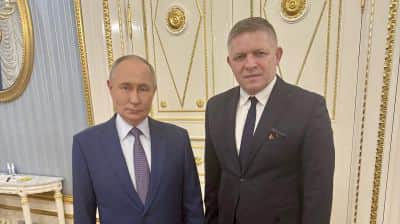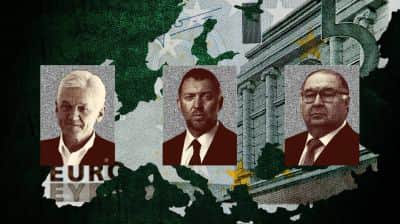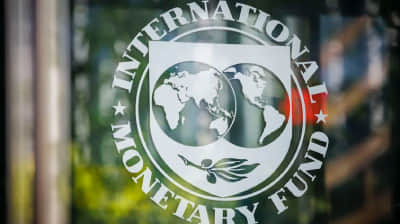Indigenous people's prayer house in Crimea needs repair after Russian "restoration" – photos
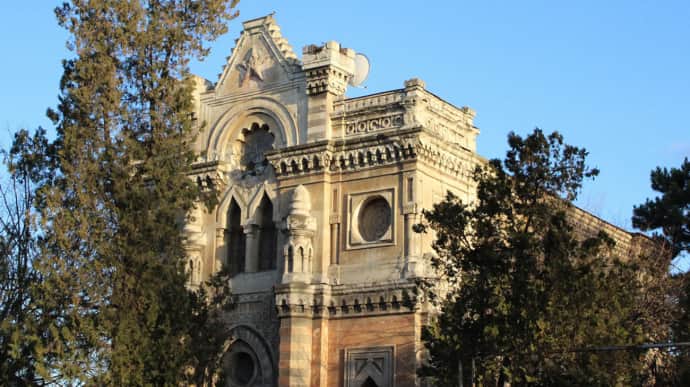
A Karaite place of worship, known as a kenesa, in temporarily occupied Simferopol, Crimea, is starting to fall apart. Despite reopening after being renovated in May 2023, the building’s facade is now in urgent need of repair.
Source: activists from the media outlet Holos Krymu ("Voice of Crimea")
The Russian "State Committee for the Protection of Cultural Heritage of the Republic of Crimea" commissioned a renovation of the interior and the repair of the kenesa's facade, works that were completed in 2017. In 2022, the local authorities announced the completion of "restoration work", claiming that the "historical appearance" of the building and the surrounding area had been restored.
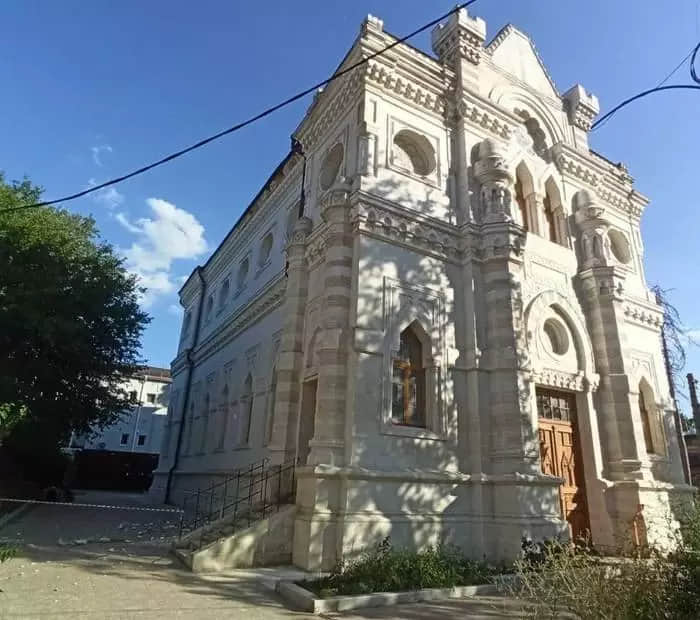
Activists say that Maksym Soroka, Head of the Central Service and Development Department for Cultural Institutions in Crimea, has been reassuring locals that the situation is under the control of the "Ministry of Culture of Crimea". He believes that the damage "does not affect the structural part of the building".
History of the Karaite kenesa
The Karaite prayer house, known as a kenesa, was built in 1896. The main building material was stone, which was quarried along the banks of the Bodrak River. The altar in the Simferopol kenesa was different from other places of worship built in the period: due to the specific topography, it was oriented towards Mecca rather than Jerusalem.
In 1930, the kenesa was closed and replaced by a Karaite club. The club operated for three years, after which the building was renovated and some of the interior and exterior decoration was removed.

After 1936, the kenesa building was used to house the editorial office of the Crimean Radio and Television Centre, with a break during the German occupation of Crimea from 1941 to 1944 during World War II. After Ukraine gained independence in 1991, the Karaite community sought to reclaim their rights to use the building.
On 7 October 2012, a prayer service was held on the third floor of the building, which had been returned to the community – the first service in over 80 years. The following year, the Crimean Television and Radio Company transferred the entire building to the community.

Quote from Voice of Crimea: "The ‘Council of Ministers of the Republic of Crimea’ established by the Russian occupiers transferred the kenesa building to the Simferopol Cholpan Karaite religious community by its ‘decree’ No. 667-r dated 15 July 2014. In the autumn of the same year, the congregation renovated one of the rooms on the first floor of the building for worship."
The restoration work from 2017 to 2018 cost the Russians RUB 130 million (about US$1.5 million). The work was sponsored by representatives of a "Federal Targeted Programme for the Development of Crimea". In the course of their work, the "restorers" failed to restore the two domes on the roof and the six-pointed star on the pediment. They also dismantled the original carved doors and the original window grilles.
Who are the Karaites?
The Karaites are a Turkic indigenous people of Ukraine who have been living on the Crimean Peninsula since the 13th century. Previously, there were large Karaite communities in the cities of Galicia, as well as in Lutsk, Kyiv and Odesa.
According to Ukraïner, there are now about 1,000 Karaites, with the majority residing in temporarily occupied Crimea.
"The core of their community is their faith: they recognise the Torah but not religious organisations’ dogmatic interpretations of it because they believe that the reader should interpret it," the publication explained.
Support UP or become our patron!
